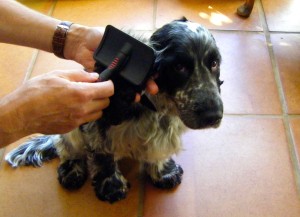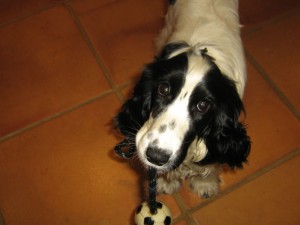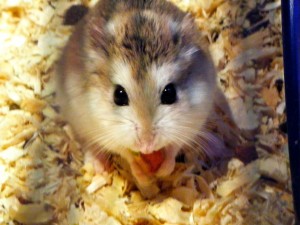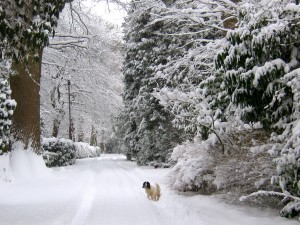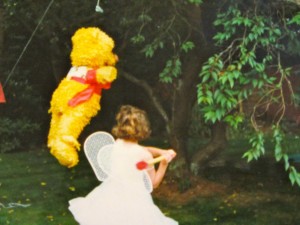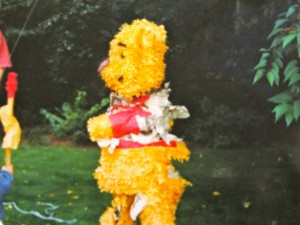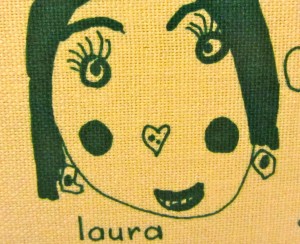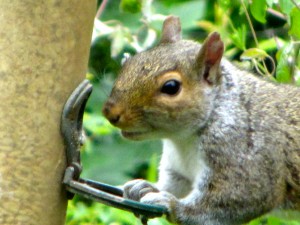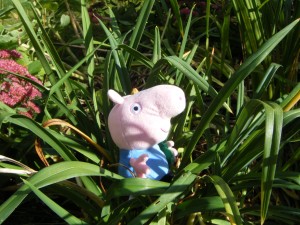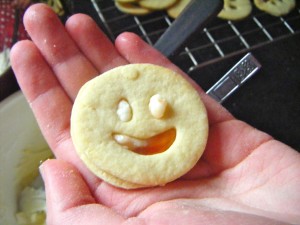Spring in Spanish – La Primavera
Spring in Spanish, including the weather, in a joyful description to encourage discussion and an interest in nature and growing things.
Vocabulary, PDF Worksheet + Video clips.
El tiempo – The Weather
¿Qué tiempo hace? What’s the weather like?
llega la primavera spring is arriving/arrives
Me gusta la primavera – I like spring!
hace frío it’s cold
llueve it rains
puede nevar it can snow
hay niebla it is foggy
hace sol it is sunny
a veces – sometimes
todavía – still
de repente – suddenly
de vez en cuando – sometimes
a menudo – often
Verbs in the Plural
empiezan (empezar) they begin
anuncian (anunciar) they announce
cantan (cantar) they sing
juegan (jugar) they play
preparan (preparar) they prepare
Repeat in Spanish (No English Audio)
Video Transcript in Spanish:
¡Llega la primavera!
Poquito a poquito los días se están alargando.
Las plantas empiezan a crecer.
De repente un día aparecen campanillas de invierno,
seguidas por azafranes,
y después los narcisos anuncian la primavera.
¡Pero cuidado las flores!
¿Qué tiempo hace en la primavera?
A veces hace frío.
A veces llueve.
Todavía puede nevar.
A menudo hay niebla,
y de vez en cuando hace sol.
Cuando hace sol los pájaros cantan muy fuerte,
y las ovejas juegan en los campos.
Los agricultores preparan los campos.
¿Quieres plantar algo?
¿Patatas?
¿Zanahorias?
Yo voy a plantar girasoles.
Mira.
Ya está.
Me gusta la primavera.
– – –



